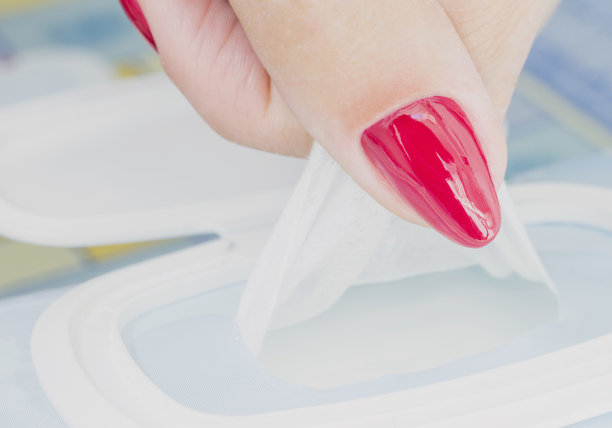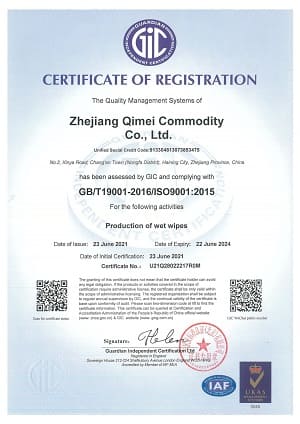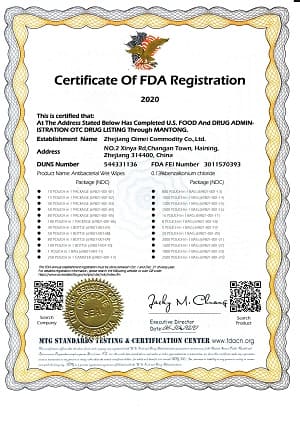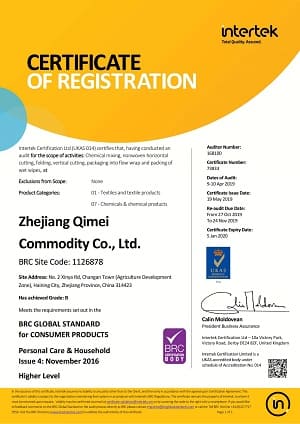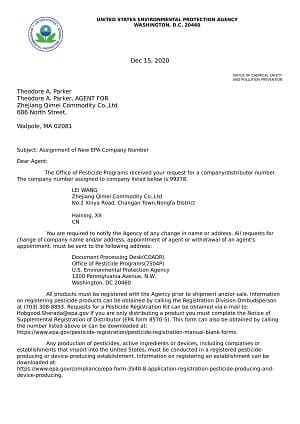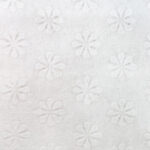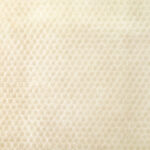Spunlace-Vliesstofftyp: Polyester, Poly-Viskose-Mischmaterial, Bambusfaser, Holzzellstoff (spülbar), Baumwolle oder Sojafaser (biologisch abbaubar)
Flach oder strukturiert (Ihr eigenes LOGO ist verfügbar)
Grammatur: 30–80 g/m²
1/10/30/80/100/120/160 Stück/Packung
Dufttücher für den einmaligen Gebrauch sind in der Regel kleiner und reichen von einigen Quadratzoll bis zu einigen Quadratfuß, während größere Mehrzwecktücher mehrere Fuß lang und breit sein können.
1. Wiederverschließbarer Plastikbeutel: Dies ist die häufigste Art der Verpackung von Feuchttüchern. Es besteht aus Kunststoff und hat oben einen wiederverschließbaren Streifen, um die Tücher frisch und feucht zu halten.
2. Flip-Top-Deckelbehälter: Diese Verpackungsart besteht aus einem Kunststoffbehälter mit einem Flip-Top-Deckel, der geöffnet und geschlossen werden kann, um an die Tücher zu gelangen.
3. Softpack mit Flip-Top-Deckel aus Kunststoff: Ähnlich wie der Flip-Top-Deckelbehälter wird diese Verpackung in einem Softpack geliefert und hat einen Flip-Top-Deckel aus Kunststoff für einfachen Zugriff.
4. Pop-up-Spender: Diese Verpackungsart verfügt über einen Pop-up-Spendermechanismus, der jeweils ein Tuch herauszieht.
5. Reisepaket: Eine kleine Verpackung für unterwegs, oft mit einem Schnappverschluss aus Kunststoff.
6. Einwegverpackung: Diese Feuchttücher werden in kleinen, versiegelten Päckchen geliefert, die praktisch für Reisen oder Outdoor-Aktivitäten sind.
7. Nachfüllbeutel: Diese größere Verpackung dient zum Nachfüllen anderer Feuchttuchbehälter und hat normalerweise eine wiederverschließbare Öffnung.
Vliesstoff: Dies ist das Material, aus dem das Tuch selbst hergestellt wird. Vliesstoffe werden typischerweise aus synthetischen Fasern wie Polyester oder Polypropylen oder Naturfasern wie Baumwolle oder Bambus hergestellt.
Wasser: Wasser wird zum Befeuchten der Tücher und als Medium für die anderen Inhaltsstoffe verwendet.
Düfte: Dufttücher sind mit Duftstoffen angereichert, um einen frischen oder sauberen Geruch zu erzeugen. Diese Duftstoffe können synthetisch oder aus natürlichen Quellen stammen.
Konservierungsstoffe: Dufttüchern werden Konservierungsstoffe zugesetzt, um das Wachstum von Bakterien und Schimmel zu verhindern. Zu den in Tüchern häufig verwendeten Konservierungsmitteln gehören Methylparaben und Propylparaben.
Tenside: Tenside werden verwendet, um die Reinigung von Oberflächen zu unterstützen, indem sie Schmutz und Dreck zersetzen. Sie tragen außerdem dazu bei, den Duft gleichmäßig im Tuch zu verteilen. Zu den in Dufttüchern häufig verwendeten Tensiden gehören Natriumlaurethsulfat und Cocamidopropylbetain.
Emulgatoren: Emulgatoren werden verwendet, um das Mischen von Zutaten zu unterstützen, die sich auf natürliche Weise nicht vermischen, wie z. B. Öl und Wasser. Sie tragen dazu bei, dass sich Duftstoff und Tenside gleichmäßig im Tuch verteilen.
pH-Einstellmittel: pH-Einstellmittel werden verwendet, um sicherzustellen, dass das Tuch den richtigen pH-Wert für die beabsichtigte Verwendung aufweist. Beispielsweise können Tücher, die für die Verwendung auf der Haut entwickelt wurden, einen niedrigeren pH-Wert haben, um Reizungen zu vermeiden, während Tücher, die für die Verwendung auf harten Oberflächen entwickelt wurden, möglicherweise einen höheren pH-Wert haben, um die Reinigungswirkung zu verbessern. Zu den in Dufttüchern häufig verwendeten pH-Einstellmitteln gehören Zitronensäure und Natriumhydroxid.
Gute Herstellungspraxis (GMP): GMP ist eine Reihe von Richtlinien, die sicherstellen, dass Produkte konsistent hergestellt werden und Qualitätsstandards erfüllen. Die Einhaltung der GMP wird in vielen Ländern häufig von den Aufsichtsbehörden gefordert.
Vorschriften der Environmental Protection Agency (EPA): In den Vereinigten Staaten unterliegen Dufttücher, die als Desinfektionsmittel vermarktet werden, den EPA-Vorschriften. Diese Vorschriften verlangen von Herstellern, dass sie ihre Produkte bei der EPA registrieren und sicherstellen, dass sie bestimmte Wirksamkeits- und Sicherheitsstandards erfüllen.
Vorschriften der Europäischen Union: In der Europäischen Union unterliegen Dufttücher der Biozidprodukte-Verordnung (BPR), die von Herstellern verlangt, ihre Produkte zu registrieren und deren Sicherheit und Wirksamkeit nachzuweisen.
Zertifizierungen der International Organization for Standardization (ISO): ISO-Zertifizierungen wie ISO 9001 und ISO 13485 sind international anerkannte Standards, die das Engagement eines Herstellers für Qualitätsmanagement und Produktsicherheit belegen.
Sicherheitsdatenblätter (SDB): Hersteller sind verpflichtet, Sicherheitsdatenblätter für ihre Produkte bereitzustellen. Diese Dokumente enthalten Informationen zu den Inhaltsstoffen, möglichen Gefahren und sicheren Handhabungsverfahren für das Produkt.
